Advancements in minimal invasive dentistry Muscle Surgery Tools
March 15, 2024 2024-11-21 7:05Advancements in minimal invasive dentistry Muscle Surgery Tools
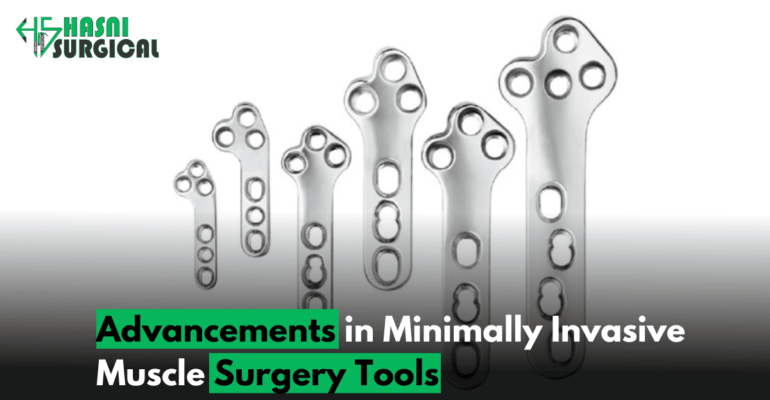
Advancements in minimal invasive dentistry Muscle Surgery Tools
Presentation:
Muscle Surgery Tools
Muscular medical procedures have advanced from large cuts and long recoveries to more efficient methods. Minimal invasive dentistry procedures have revolutionized the field, providing patients with a less painful alternative to traditional open surgery. These procedures utilize specialized instruments, advanced imaging, and innovative technologies to perform complex surgeries through small incisions. This approach limits tissue harm and scarring, speeds up mending, and works with faster recuperation.
In this blog, Hasni Surgical explores recent advancements in minimal invasive dentistry surgical tools that are reshaping musculoskeletal care. From arthroscopic instruments to robotics and biologics, these innovations enhance surgical precision and patient outcomes, redefining standards in musculoskeletal treatment. Go along with us as we venture through the intriguing improvements molding the fate of muscular medical procedures.
Also read: Hasni Surgical IDEX Dental Instruments Exhibition, April 2024
This approach limits harm to encompassing tissues, decreases scarring, and speeds up recuperation. We should dive into a portion of the vital headways in negligibly obtrusive muscular medical procedure devices:
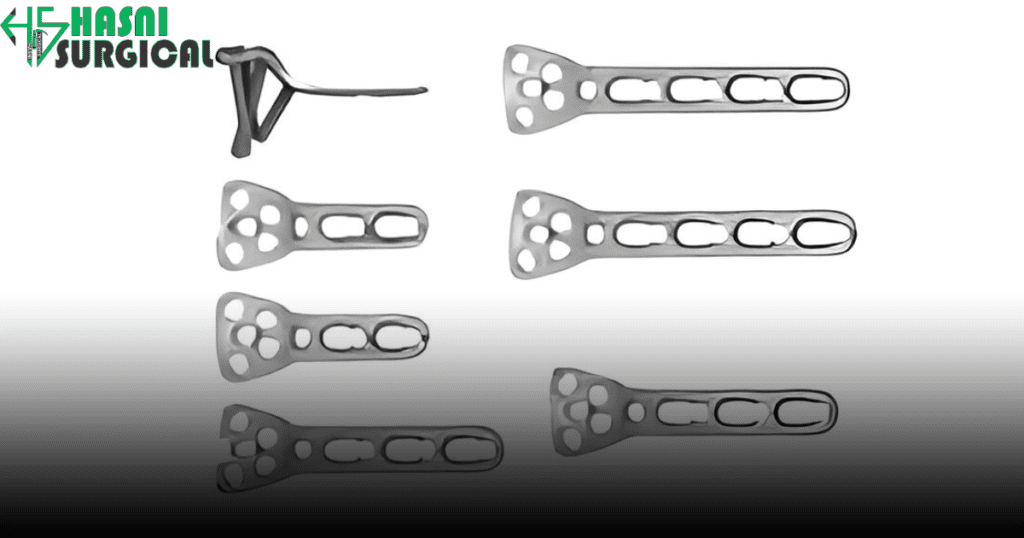
Arthroscopic Instruments:
Arthroscopic instruments have gone through huge progress lately, driving groundbreaking changes in negligibly obtrusive muscular medical procedures. Arthroscopy relies on essential instruments like a small camera (arthroscope) and specialized tools inserted through tiny incisions into joints. This technique enables real-time visualization of internal structures, allowing precise repairs, reconstructions, or diagnostic procedures. How about we investigate a portion of the critical progressions in arthroscopic instruments?
Improved Optics:
Advances in optical frameworks have enhanced arthroscopic imaging, providing high-quality joint visuals. Improved optics lead to more accurate diagnoses and interventions, ultimately benefiting patient outcomes.
Articulating Instruments:
Articulating instruments highlight mobile joints or adaptable shafts that mirror the normal scope of movement of the human hand. These instruments permit specialists to move inside the bound space of the joint, getting to hard-to-arrive-at regions effortlessly. The adaptability and flexibility of articulating instruments upgrade careful effectiveness and limit tissue injury.
Radiofrequency and Ultrasonic Gadgets:
Ultrasonic gadgets use high-recurrence vibrations to cut and coagulate tissue, limiting draining and decreasing the risk of post-employable difficulties. These instruments improve precision and reduce damage to surrounding tissues.
Stitch the Executive Frameworks:
“Executive frameworks have enhanced delicate tissue repair in arthroscopic procedures.” These frameworks include specialized tools for passing stitches, tying knots, and adjusting tension, simplifying stitch handling in tight joint spaces. Knotless stitch anchors and self-recovering stitch passers consider proficient and secure obsessions of tendons, ligaments, or labral tissue. Streamlining stitching ensures reliable tissue fixation and reduces surgical time.
Expendable and Single-Use Instruments:
The approach of dispensable and single-use arthroscopic instruments has upgraded wellbeing, sterility, and accommodation in the working room. These instruments eliminate the requirement for going back over and cleansing, diminishing the risk of cross-defilement and careful site contamination. Expendable instruments ensure reliable performance and sharpness, delivering optimal surgical results without risk of instrument wear or degradation.
Advancements in arthroscopic instruments have transformed minimal invasive dentistry orthopedic surgery, enabling precise and efficient procedures at Hasni Surgical.
Mechanical technology and route frameworks:
Advancements in mechanical technology and routing systems have ushered in a new era of precision and efficiency in orthopedic surgery. These modern advancements offer specialists unrivaled help with arranging and executing negligibly obtrusive strategies, ultimately improving patient results and fulfillment.
Mechanical Helped A medical procedure:
These frameworks comprise mechanical arms outfitted with specific instruments constrained by the specialist from a control center. This degree of accuracy limits tissue injury, lessens the risk of intricacies, and speeds up quiet recuperation.
Patient-Explicit Preparation:
Advanced mechanics in muscular medical procedures allow for customized therapy plans based on pre-operative imaging. Using sophisticated algorithms, surgeons can thoroughly analyze patient anatomy, identify pathology, and design precise surgical approaches. This personalized approach reduces surgical margins, ensuring procedures are tailored to each patient’s unique physical characteristics.
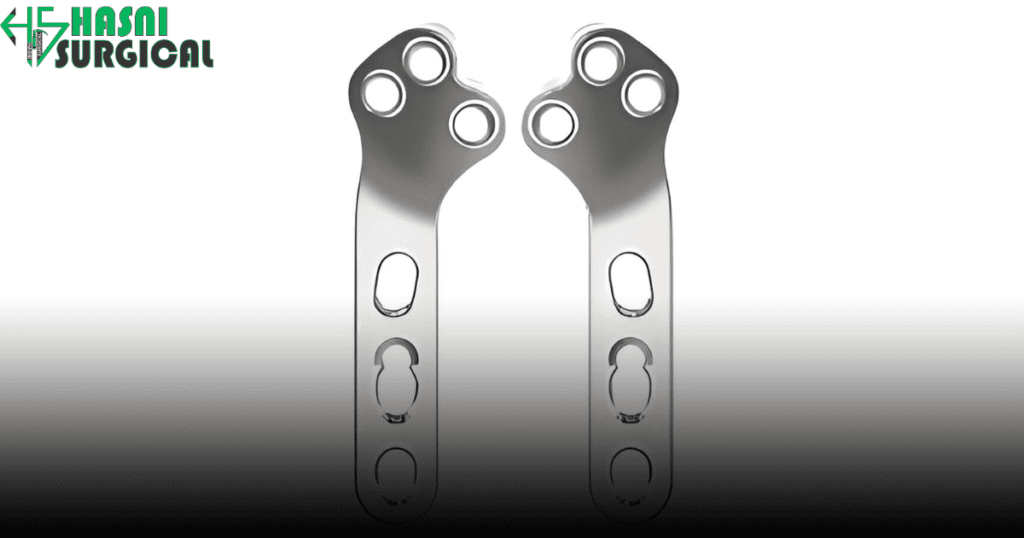
Ongoing Route:
It improves accuracy, reduces risks, and boosts efficiency in complex surgeries.
Enhanced outcomes and patient safety:
Robotic surgery means simpler procedures, shorter stays, and faster recovery. Robotics’ ability to standardize surgical techniques and minimize variability among surgeons contributes to more consistent outcomes and higher patient satisfaction.
Extending careful abilities:
Mechanical technology and route frameworks are constantly developing to increase the extent of insignificantly obtrusive muscular techniques.
Preparing and Expertise Improvement:
Mechanical technology and routing systems are crucial for training future skilled workers. This approach ensures surgeons are proficient in using cutting-edge technologies, enhancing orthopedic care quality and safety.
Mechanical technology and navigation systems revolutionize orthopedic surgery, providing exceptional precision, safety, and efficiency in minimal invasive dentistry procedures.
Biologics and Regenerative Treatments:
Biologics and regenerative treatments address a thriving field inside muscular medical procedures, offering imaginative ways to deal with tissue fixation and recovery. These treatments outfit the body’s regular mending cycles to speed up recuperation, lessen irritation, and advance tissue recovery. Here are a few critical headways around here:
Platelet-Rich Plasma (PRP) Treatment:
PRP treatment extracts platelets from the patient’s blood and injects them into the injured area to accelerate healing.
Undeveloped cell treatment:
Undeveloped cell treatment holds massive expectations in muscular medical procedures for its regenerative abilities. Mesenchymal stem cells (MSCs) from sources like bone marrow or fat can differentiate into bone, cartilage, and muscle cells. In medical procedures, these stem cells can be injected into damaged tissues to promote repair and recovery. Stem cell therapy offers a promising, minimal invasive dentistry alternative to surgery for treating osteoarthritis, cartilage defects, and ligament injuries.
Development Elements and Cytokines:
Development factors and cytokines play crucial roles in tissue repair and regeneration. Advances in biotechnology allow for the isolation and synthesis of specific growth factors and cytokines that promote cell proliferation, angiogenesis, and extracellular matrix formation. These bioactive molecules can be delivered directly to the injury site to enhance healing and tissue regeneration. By harnessing the therapeutic potential of growth factors and cytokines, medical professionals can optimize the healing process and improve patient outcomes.
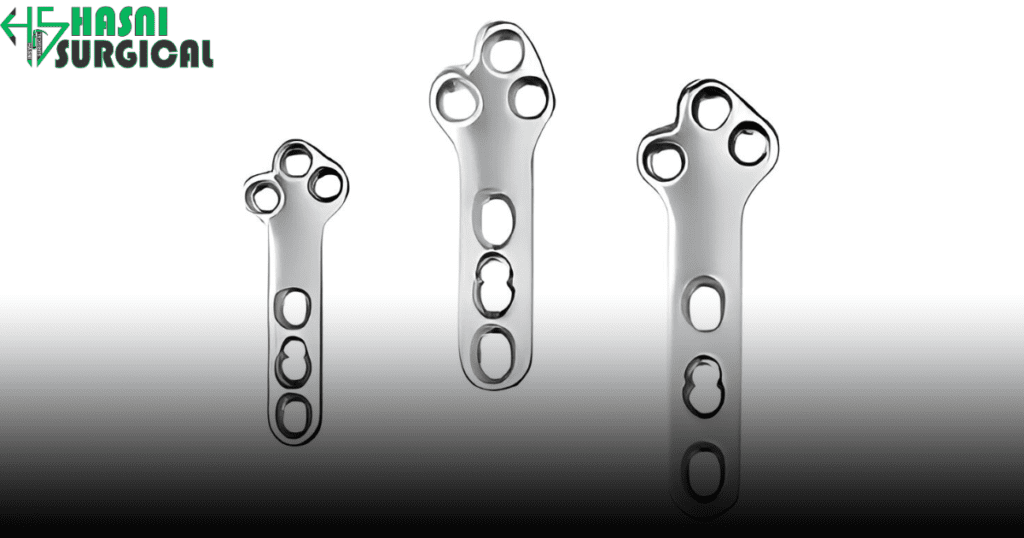
Tissue Design and Framework-Based Treatments:
Tissue design methodologies include the advancement of biomaterials and frameworks that impersonate the construction and capabilities of local tissues. These platforms can be cultivated with cells, development factors, and other bioactive atoms to make tissue for transplantation or implantation. In muscular medical procedures, tissue design holds guarantees for the maintenance and recovery of damaged ligaments, bones, and tendons. By giving a steady climate to cell and tissue development, framework-based treatments work with tissue fixation and reclamation of capability.
Quality Treatment:
Quality treatment addresses a state-of-the-art way to deal with muscular regenerative medication, expecting to change quality articulation to advance tissue fix and recovery. By conveying helpful qualities straightforwardly to the site of injury or medical procedure, quality treatment can improve cell functions like expansion, separation, and framework combination. In muscular applications, gene therapy shows promise for treating ligament tears, ligament injuries, and spinal disc degeneration. It shows early promise for improving musculoskeletal treatments.
Negligibly Obtrusive Embed Advances:
Traditionally, muscular implants required large incisions, leading to significant tissue damage. Recent advances in implant technology have led to minimal invasive dentistry surgery. These imaginative embed plans and materials offer a few benefits over their customary partners, including diminished delicate tissue disturbance, quicker recuperation times, and long-term results.
Physically Molded Inserts:
Custom-fit implants for joint replacements involve precisely shaped inserts tailored to each patient’s anatomy using pre-operative imaging.
Diminished Cut Approaches:
minimal invasive dentistry embedding techniques aim to reduce incision size, thereby minimizing damage to surrounding tissues and accelerating healing. This approach brings about less scarring, diminished post-employable agony, and a quicker recovery for patients.
Percutaneous Embed Addition:
Percutaneous implant insertion uses specialized instruments to place implants through small incisions, guided by imaging.
Bioabsorbable Inserts:
Bioabsorbable inserts in muscular surgeries offer improved recovery, reduce long-term complications, and eliminate the need for removal surgery. Made from biocompatible materials, they offer temporary support in the early healing stages and are gradually replaced by natural tissue, benefiting pediatric patients and those with complex muscular conditions.
High-level materials and surface coatings:
Negligibly obtrusive embed innovations influence advanced materials and surface coatings to improve embed life and biocompatibility. Titanium, cobalt-chromium, and ceramic are used in implants for their strength and durability. Special coatings like hydroxyapatite or porous coatings enhance osseointegration, promoting better bone growth and improving implant stability and longevity.
minimal invasive dentistry advances in orthopedic surgery provide less invasive options, faster recovery, and better outcomes. As innovative work in this field keeps on propelling, what’s in store holds a guarantee for additional developments pointed toward upgrading patient consideration and personal satisfaction.
Imaging Modalities:
Attractive Reverberation Imaging (X-ray):
X-rays use attractive fields and radio waves to create high-goal pictures of delicate tissues, like muscles, ligaments, tendons, and ligaments. In muscular medical procedures, X-rays are priceless for diagnosing conditions like tendon tears, ligament harm, and ligament wounds. For negligibly obtrusive methods, pre-usable X-ray examinations give specialists fundamental data about the patient’s life systems, assisting them with distinguishing the exact area and degree of the pathology. Intraoperative X-rays may be used in some cases to confirm surgical accuracy and assess tissue integrity.
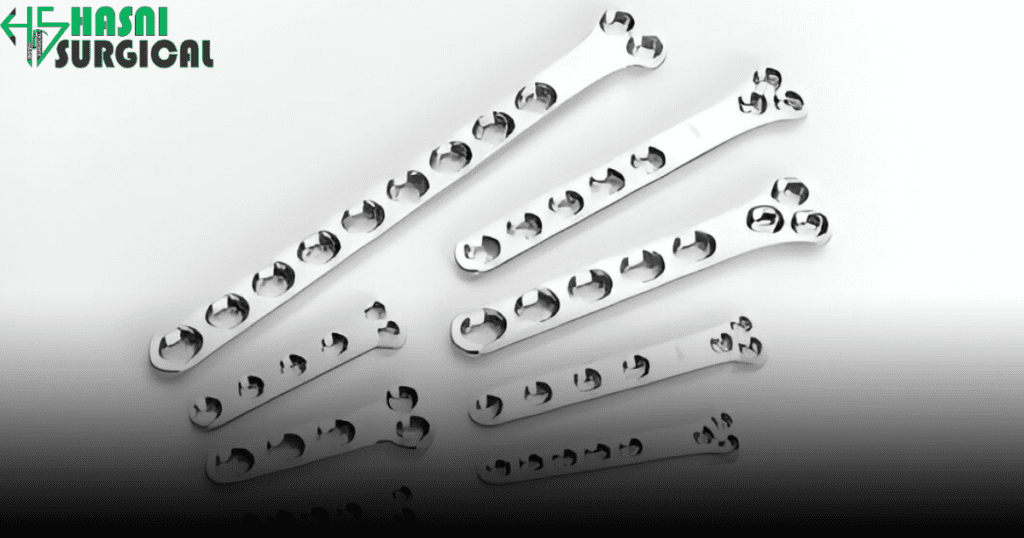
Processed Tomography (CT) Outputs:
CT filters use X-beams to make cross-sectional pictures of bones and joints with excellent clarity and detail. Muscular specialists depend on CT filters for surveying complex breaks, assessing bone quality, and arranging careful intercessions. In negligibly obtrusive muscular medical procedures, CT checks offer important insights into the spatial connections between physical designs, supporting exact embed position and arrangement. Intraoperative CT imaging can improve implant accuracy and surgical results.
Intraoperative Fluoroscopy:
In muscular methods, intraoperative fluoroscopy gives dynamic imaging of joints and bones, permitting specialists to screen the advancement of the medical procedure and check the precision of careful moves. Insignificantly intrusive muscular medical procedures frequently use fluoroscopic direction to guarantee the exact position of inserts, like screws, pins, or prostheses. Fluoroscopy helps with achieving ideal arrangements, decreasing the risk of malpositioning and post-employable inconveniences.
Ultrasound Imaging:
Ultrasound imaging uses sound waves to deliver continuous pictures of delicate tissues like muscles, ligaments, and nerves. In muscular medical procedures, ultrasound is regularly utilized for directing infusions, diagnosing ligament wounds, and evaluating delicate tissue anomalies.
Ultrasound-directed mediations offer accuracy and precision, limiting the risk of entanglements and working on understanding results.
Three-Layer (3D) Imaging:
These high-level imaging procedures empower muscular specialists to picture complex physical designs in three aspects: pre-usable preparation and intraoperative route. In negligibly obtrusive muscular medical procedures, 3D imaging upgrades careful exactness by permitting specialists to expect difficulties, enhance embed position, and design the system to every patient’s unique life structure.
Imaging modalities are essential in minimal invasive dentistry surgeries, providing doctors with detailed insights into a patient’s anatomy and pathology. By utilizing advanced imaging advances, muscular specialists can achieve exact, careful results, limit tissue injury, and improve patient recuperation. As imaging innovation keeps on developing, what’s to come holds a guarantee for additional improvements in careful accuracy and patient consideration in muscular medical procedures.
Orthopedic surgeons use minimal invasive dentistry techniques and advanced innovations like robotics and biologics to effectively treat external muscle conditions. Performing complex procedures through small incisions minimizes tissue damage, marking a significant advancement in surgery and improving patient outcomes.
Looking forward, the eventual fate of negligibly obtrusive muscular medical procedures holds massive commitment for additional development and headway. Arising advances like increased reality, man-made reasoning, and regenerative medication are ready to alter careful methods and results, preparing for considerably more noteworthy accuracy, effectiveness, and patient-driven care.
The advancement in minimal invasive dentistry orthopedic surgical tools promises to push the boundaries of what’s possible in musculoskeletal healthcare. As specialists keep refining their abilities and embracing inventive innovations, the field stands ready to convey unrivaled outcomes and groundbreaking encounters for patients around the world.

